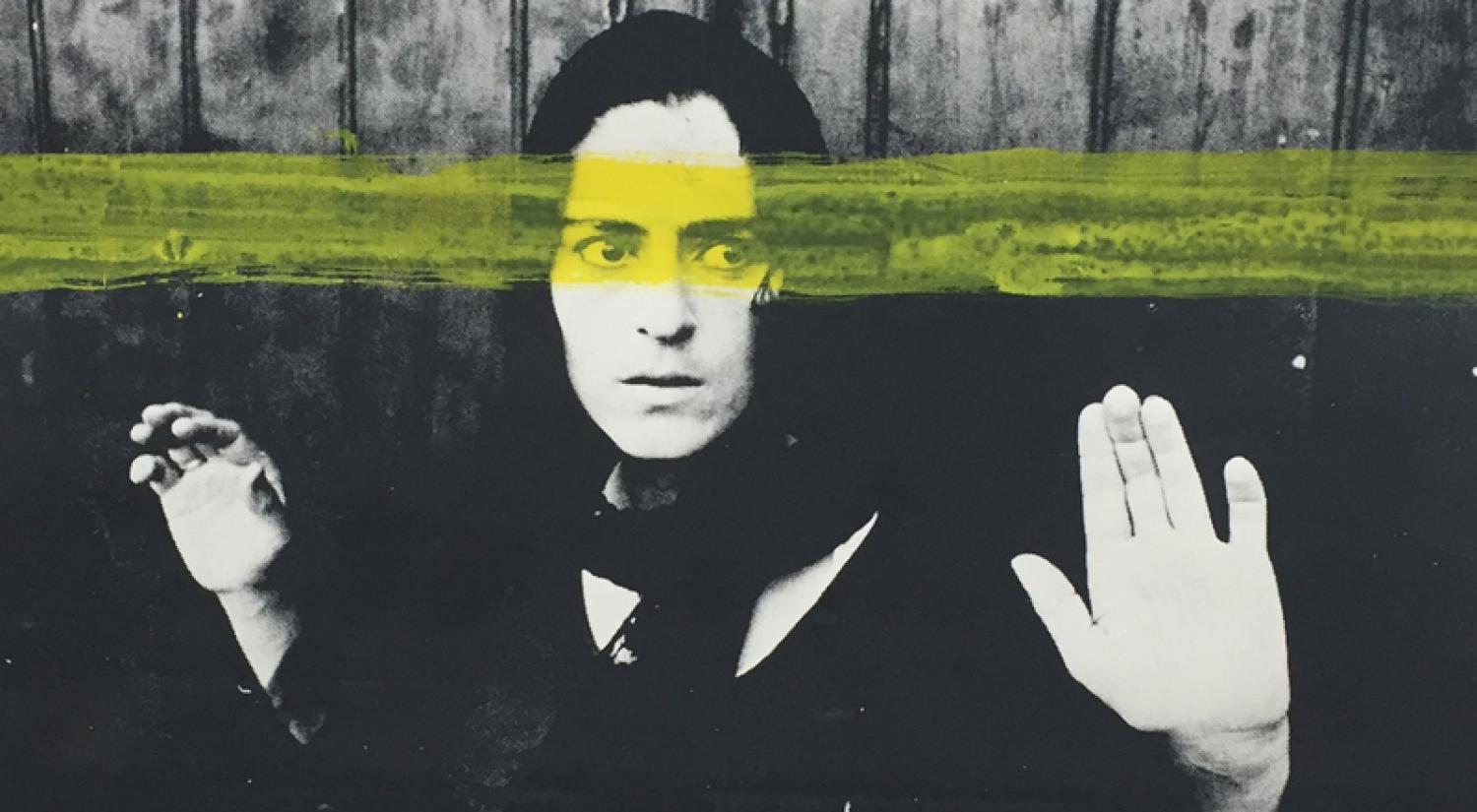‘The next great moment in history is ours.’ This is the closing statement in Ursula Reuter Christiansen’s film Skarpretteren from 1971. The film challenges the roles traditionally assigned to women and also offers an image of the 1970s women’s liberation movement that the artist was herself a part of.
Ursula Reuter Christiansen plays the lead role in the film, which consists of a series of tableaux portraying her encounter with the executioner, an exhausted soldier, whom she breastfeeds, and a group of beer-drinking men who are digging her grave. The artist takes her rejection of the feminine role to the ultimate extreme by letting herself be killed by the executioner, so that she can be reborn a new woman.
New perspectives on the art collection
The exhibition revitalizes the film with a new focus on the context in which it was created and the contemporary society that it sprang from. In cooperation with Ursula Reuter Christiansen the Gallery has created a total installation related to the film. In the installation audio, images and objects convey the universe surrounding the film and document the artist’s work on the film from then until today.
The New Carlsberg Foundation supported the realization of the innovative and comprehensive project ‘Interventions – new perspectives on the art collection’ at the National Gallery of Denmark. The Gallery will use the grant develop its exhibition, presentation and communication approaches over a three-year period. The exhibition ‘Ursula Reuter Christiansen: THE EXECUTIONER’ is a part of this project and is on display from 8 February through 10 June 2018.
About Ursula Reuter Christiansen
The German artist Ursula Reuter Christiansen (b. 1943 in Trier, Germany) graduated from the Akademie der Künste in Düsseldorf in 1969, where she was a student of Professor Joseph Beuys. She married the Danish composer Henning Christiansen (1932–2008), and in 1969 the couple settled in the town of Askeby on the Danish island of Møn. Ursula Reuter Christiansen still lives and works in Askeby.
Together with Henning Christiansen she represented Denmark at the Venice Biennale in 2001, and she has exhibited in a number of important venues, including Charlottenborg, Brandts and MOCA, Los Angeles.



